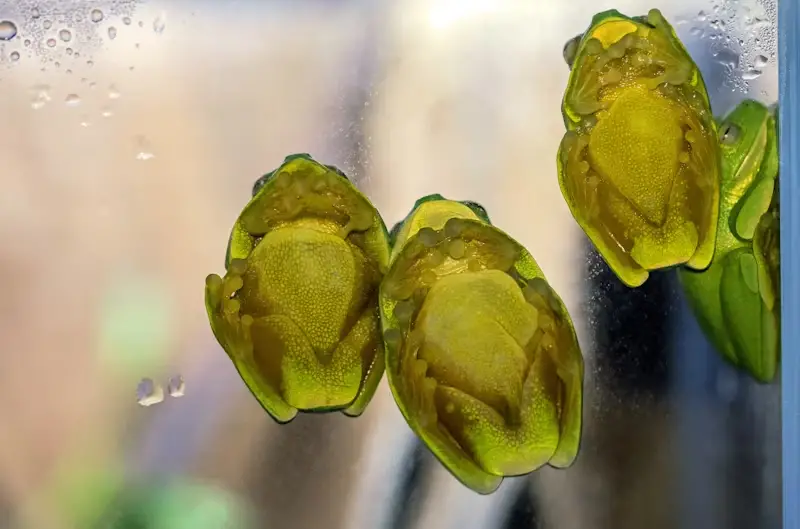For centuries, life and death have been considered the ultimate opposites. But recent scientific discoveries are challenging this traditional view, suggesting that under certain conditions, cells from deceased organisms can continue to function in new ways. These findings open the door to exciting possibilities in science and medicine.
Life and Death: Rethinking the Boundaries

Traditionally, life has been defined as the presence of vital biological functions, while death marks their cessation. However, new research suggests these concepts may not be as clear-cut as once thought. Studies have shown that under specific circumstances, some cells can continue to perform functions and even self-organize after the organism’s death. This cellular activity hints at a more complex relationship between life and death.
Xenobots: A Revolutionary Discovery

One of the most fascinating examples of this phenomenon comes from the University of Vermont and Tufts University, where researchers created xenobots—tiny, living machines made from the skin cells of frog embryos. These xenobots are capable of self-movement, thanks to the cells’ ability to organize in novel ways after being removed from their original biological environment. While these cells would not display such behavior in their natural state, as part of a xenobot, they can navigate their surroundings and even exhibit limited forms of self-replication.
This discovery has profound implications, not only for our understanding of cellular behavior but also for potential medical and technological applications. Xenobots, for example, could one day be used in tasks like delivering targeted drugs inside the human body or cleaning up microplastics in the environment.
Kinematic Self-Replication: A Unique Form of Reproduction
Xenobots also demonstrate an unusual capability: kinematic self-replication. Unlike traditional biological reproduction, xenobots can replicate their structures without needing to grow or divide like normal cells. This process is driven by mechanical rather than biological forces, distinguishing it from the growth-based replication seen in most living organisms.
Bioelectricity and Cellular Communication

Another key area of research is the role of bioelectricity—the electrical signals generated by cells. Some scientists believe that these signals help cells communicate and potentially enable the observed reorganization after death. While this is still being studied, bioelectricity is already known to play a crucial role in tissue regeneration and development, suggesting it may also be important in this newly observed phenomenon.
Implications for Medicine

The discovery of these cellular behaviors has significant potential for regenerative medicine. If scientists can harness the ability of cells to self-organize and perform new functions, it could lead to breakthroughs in tissue repair and healing. For example, xenobot-like technologies could one day help dissolve arterial plaque or repair damaged tissues without triggering immune responses.
Safe and Controlled Use
Fortunately, the potential for these technologies to pose risks is minimal. Xenobots and similar systems have a built-in “lifespan” of a few weeks, after which they naturally degrade. This natural degradation acts as a safeguard, ensuring that these systems do not persist uncontrollably in the environment or inside the human body.
Transforming Our Understanding of Biology

These discoveries challenge the traditional boundaries of life and death, offering new insights into cellular behavior. While much remains to be explored, the implications for biology and medicine are profound. As scientists continue to study how cells can reorganize and perform new functions after death, we may unlock new ways to heal the body, treat diseases, and expand our understanding of life itself.
Conclusion:
The emerging science of cellular reorganization reveals a fascinating complexity in how cells behave, even after death. While some claims about a “third state” of life may be overstated, the verified research on xenobots and bioelectric communication opens up exciting possibilities for medicine and biotechnology. As this field develops, we can expect new discoveries that could transform healthcare and redefine what it means to be alive.
Sources
- “Scientists discover a mysterious ‘third state’ beyond life and death in new study.” Economic Times. September 17, 2024.
- “Biobots arise from the cells of dead organisms − pushing the boundaries of life, death and medicine.” The Conversation. Peter A Noble. September 12, 2024.
- ““Third state” of existence between life and death confirmed by scientists.” Earth. Eric Ralls. September 24, 2024.

